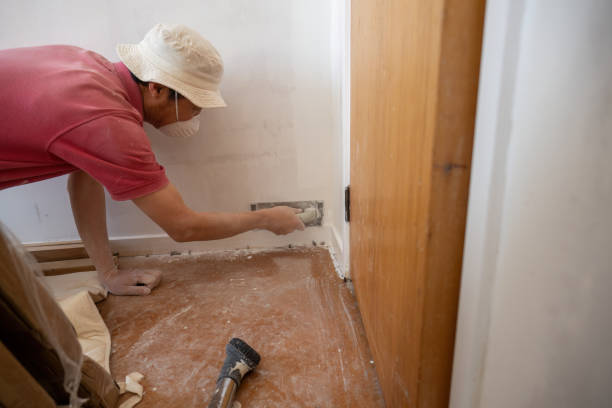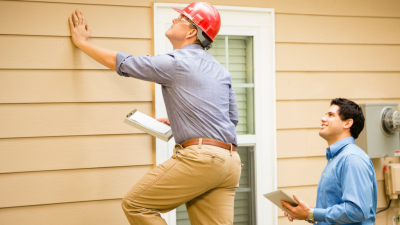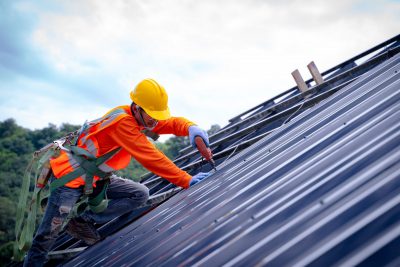A variety of plastic treatments for interiors are carried out during the process that is GIB fixing. This process could take a long time, and an enormous amount of work. The process becomes increasingly tiring as it goes on. It is possible to improve the process in many significant ways, but it takes a lot of effort and time. While the abilities are present, using the appropriate tools is an effective method of putting the puzzle. Check out the article below to learn what you must and shouldn’t do in order to obtain the greatest outcomes out of your GIB fixing procedure.
What exactly is GIB fixing? Let us give a brief explanation.
GIB fix is the procedure of putting GIB or plasterboard on the ceiling or wall. The GIB fixer is an expert employed to complete the installation work, repair any dents, dings or holes, as well as smooth the ceiling or walls. GIB Fixing will help with the placement of the plasterboards to your walls if you are building or remodeling an entirely new home. To get the best possible appearance for your new decor, get the GIB boards glued to the walls and ceilings by trained personnel. Plasterboards are usually attached by fixing them using the use of adhesive and screws.
How can GIB fixing carried out?
GIB Installation is a lengthy process. Before you lay the plasterboard, it is necessary to first create the substrate, and then ensure it is as smooth as you can when you have selected the kind of GIB. Then, you have to finish cutting and attaching of portions according to the specifications. It is essential to plan the layout in such a way that no end joints appear. The battens which will be affixed at an angle to the joists and trusses must be bonded on the walls at an angle of right angles. Starting with the wall and ceiling intersection, dab adhesive on the battens. T-braces can be inserted between the connections in order to hold the sheets while you move them in.
Then you can screw the sheet back into place, fixing its edges as well as the central part to every batten. If you are unable to keep the ends of the joint out it is necessary be able to backblock. This is the final stage that is required for Gib Fixing in Auckland. In order to strengthen the connections between the plasterboards, back-blocking typically involves gluing an artificial taper to the edges on the sheet. Behind the joint, apply adhesive to bond pieces of plasterboard to the rear of GIB sheets.
Understanding GIB Stopping
It’s a different aspect of the plasterboard installation which involves a wide range of jobs such as the removal of texture, walls skimming interior painting, and internal plaster. With the GIB stopping process, professionals can ensure smooth and precise finish for your ceilings as well as walls.
During the initial procedure experts employ high-adhesive internal plaster for the initial coats. Then, they apply successive coats to create the most effective results. After that, they apply an GIB Stopping compound to produce an even surface. Following that, a powerful lighting source is employed to improve the quality of the sand.
If you think the stopping process is not a problem, then you’re likely to be wrong. By stopping, you will improve the longevity of plasterboard ceilings and walls. The substance provides a protection layer that protects against damage from dents, cracks and other kinds of damage.
Always consult your technician to look into GIB stopping and fix to stop drafts and leaks, as well as to eliminate the need for dedicated cooling or heating systems.
At the end of the day the individual investigator will then conduct an additional spot inspection or light check to make sure that nothing has been overlooked during the process.
Is it Necessary to Hire Professionals for GiB Fixing & Stopping?
If you’re looking to get optimal results that guarantee the durability and appearance and durability, then hiring experts to assist with GiB fix and stop is a must. Consider the advantages to employ experts in fixing and stopping.
1. Professionals are always in compliance with the relevant standards of regulatory compliance for sheet layout, and blocking back. When all work is conducted with their direction You can be confident that the work you do is done correctly.
2. Experts will collaborate with other experts to ensure that everything is in sync with the decor of your home.
3. They will strictly adhere to specific guidelines to reduce the need to cut.
4. They make use of high-quality materials to stop joints (near the junctions between rooms and hallways, windows, and staircases) from slipping.
5. If you employ a skilled qualified and certified group of experts in fixing and stopping they will make sure that the entire procedure is completed smoothly from beginning to end.
Conclusion
This article should have provided you with some new information regarding GIB fixing. It is recommended to leave GIB fixing work to professionals. Doing the installation yourself isn’t recommended. Do you want to receive the services you require at a price that is affordable?





